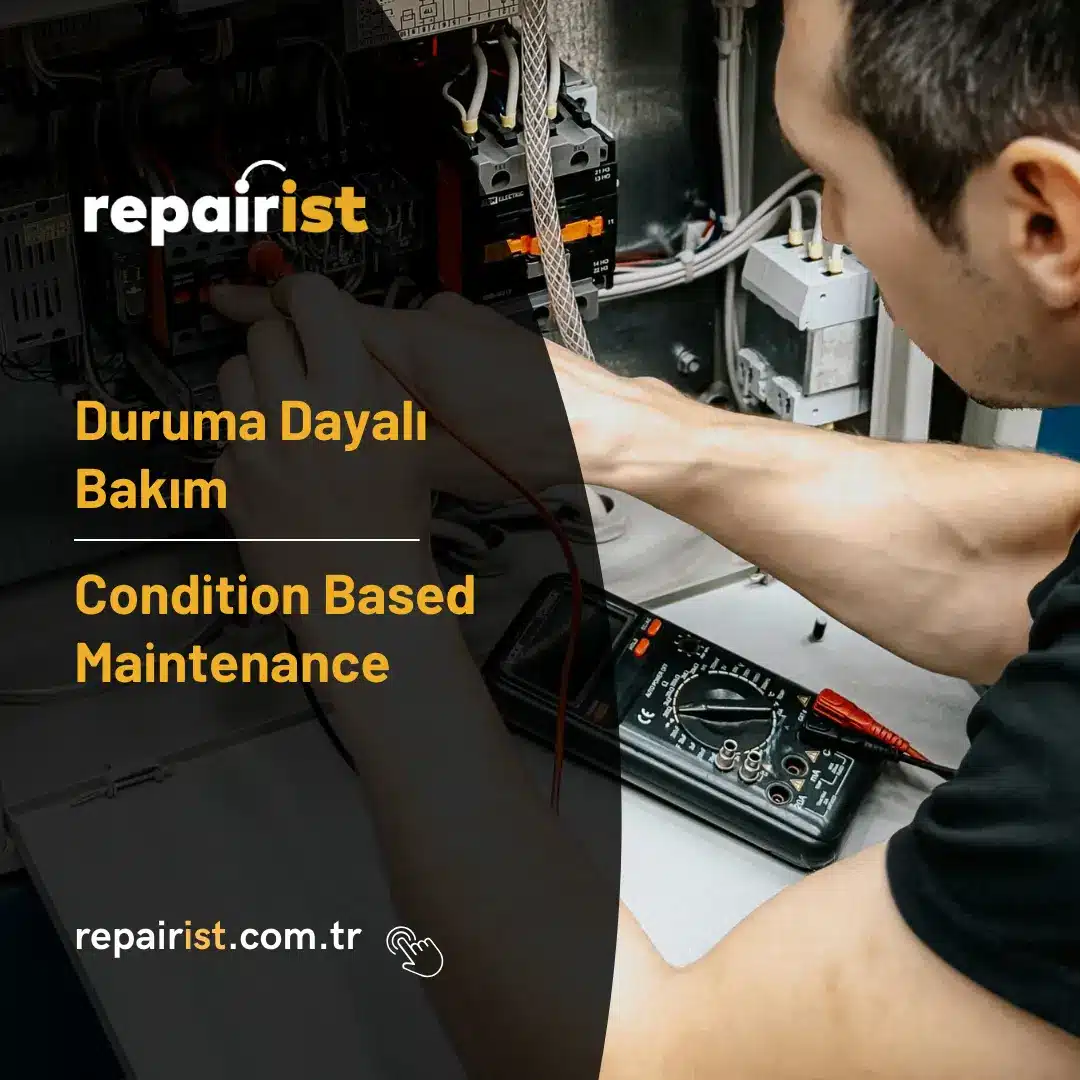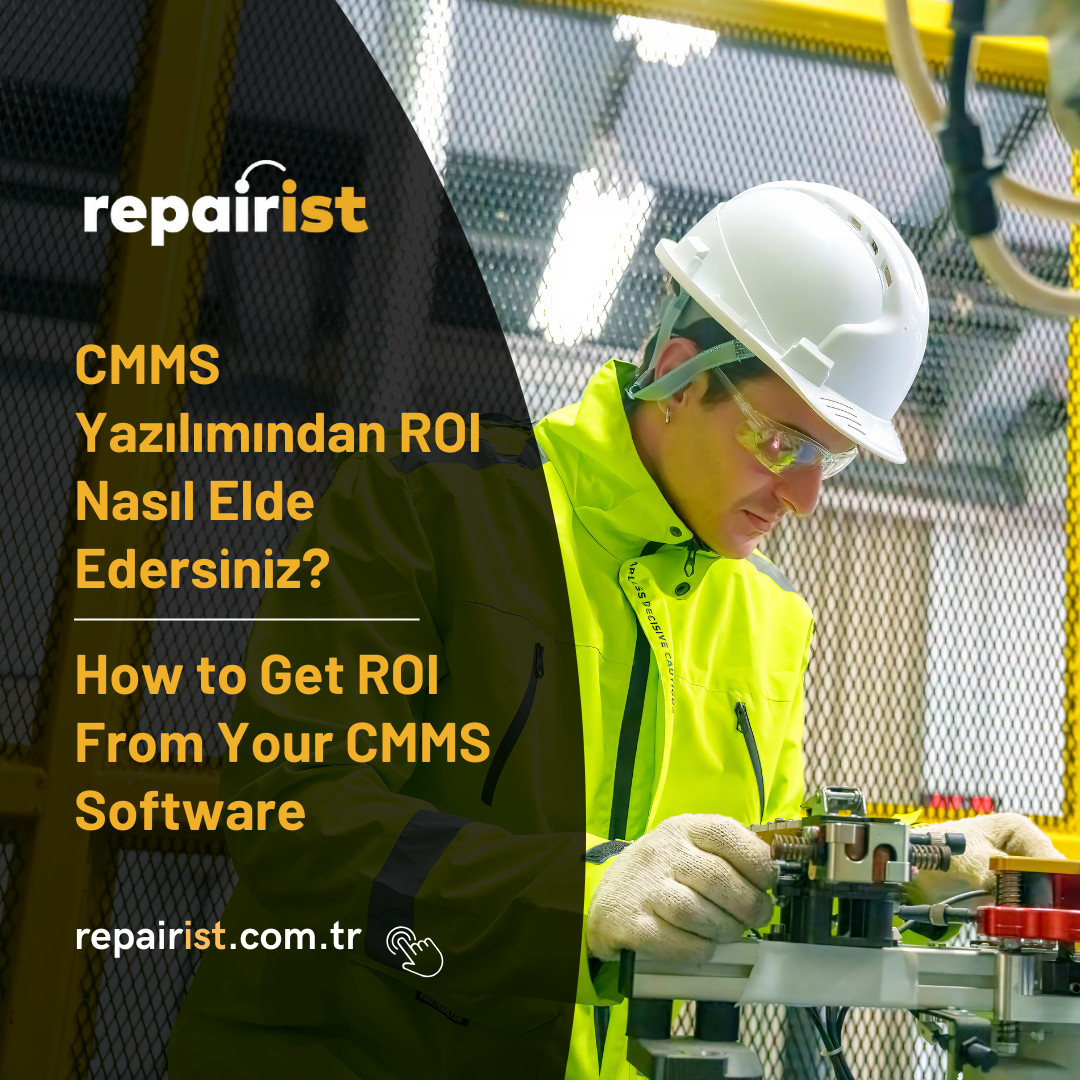In some ways, breakdown maintenance is one of the purest forms of maintenance: something breaks, so you fix it. But for all its simplicity, it can lead you to complex combinations of costly and dangerous downtime. Like every tool in your inventory, you need to know how, where and when to use it. So what is fault maintenance?
Its definition is right in the name: breakdown maintenance is the maintenance your team does when something breaks. You can also call it reactive maintenance, which makes sense because it is the opposite of proactive. Instead of the maintenance department establishing and following a preventive maintenance program that includes inspections and tasks to find and fix minor problems, with reactive maintenance you wait for problems to come to you.

What are the types of Breakdown Maintenance?
There are two categories in the system: work until breakdown and emergency.
Work until Breakdown
It feels weird to have a maintenance strategy where you let everything run until it breaks. However, this is exactly how fault-to-failure maintenance earned its name. Some things need to be allowed to run until they fail.
The trick is to strike the right balance between what you know and what you don’t know. So, you know that assets, equipment, and parts will all eventually cause problems. And when they fail, you know what you planned. It comes down to what parts you need to get things up and running, the steps the team needs to take to make it happen, and in some cases, who on the team can do the job.
For example, you buy a new light bulb and install it. You know that eventually all the bulbs will go out, so you keep a bunch of new bulbs in inventory. When someone burns out, the team knows how to replace it. The only thing you don’t know in advance is when failures occur.
The other option is to know when to perform maintenance from failure to operation. It only really works for assets, equipment and parts that are not critical, cannot be easily fixed or replaced, cannot be easily inspected or maintained, and are cheap to carry in stock.
Emergency
With emergency, you arrive at every fault already knowing what you need to do. And in most cases, you should already have spare parts and materials in inventory.
But with emergency breakdown maintenance, everything is more uncertain. You didn’t expect the entity to corrupt, so you had no idea when it would. Maintenance experts often refer to this type of reactive, emergency maintenance as “putting out fires.” With preventive maintenance, your team has a system to find signs of trouble and “smoke” long before it has a chance to escalate into a raging fire.
What are the advantages and disadvantages of breakdown maintenance?
You save money with uninterrupted breakdown maintenance. First, you never throw away any value trapped inside the pieces. For example, if you are changing conveyor belts over time, you may be getting rid of them too early. If you had waited until they broke, they might have had another month of useful life in them. The right kind of breakdown program means you never have to worry about pulling parts before they reach the absolute end of their useful life. In fact, you only throw them away when they are good and not really working.
You also save money. Because you’ll never waste time trying to inspect and repair things you need to throw away. Is there a machine that can test and repair bulbs? It could be. Should you waste your time and money to get it? There is no need for this. When looking at breakdown schedule disadvantages, ask yourself, “What’s so bad about being unprepared?” Just ask.
The answer is “all bad”. When an asset breaks down, the maintenance team needs to take action; This means abandoning planned work and pushing everything back. Now not only are the people who need this asset behind, but the maintenance team is also behind schedule. From there, the team must bring in certain parts and materials, which can cost a lot of money. They may even have to bring in vendors, and even if they don’t, it will only add up to internal overtime hours. Once the asset is back up and running, for example at a manufacturing facility, managers may need to work extra shifts to get back on target.
How does CMMS help with breakdown maintenance?
It helps you by providing the combination of skills you need to get the job done. Since all your data resides in a central database that anyone can instantly access, you can share it efficiently in real time. You can keep everyone in the loop and the team out of trouble.
To work until you fail, the right computerized maintenance management system gives you inventory control. Provides the ability to write, save, and then quickly share work orders for your most common repairs and replacements.
For emergency breakdown maintenance, you focus on creating clear communication channels between you and the team. When a critical asset goes offline, you need instant access to the schedule so you can move work orders up or down the priority list. And once you have that figured out, you need strong, two-way communication between you and your technicians.

Next steps
Have you received sufficient information about what is Malfunction Maintenance?
Repairist is here to help you. What is a Failure Program? We can answer your questions about the software, provide information about the software’s key features and benefits, help you access a demo of Repairist, and even help you get a free trial.



















